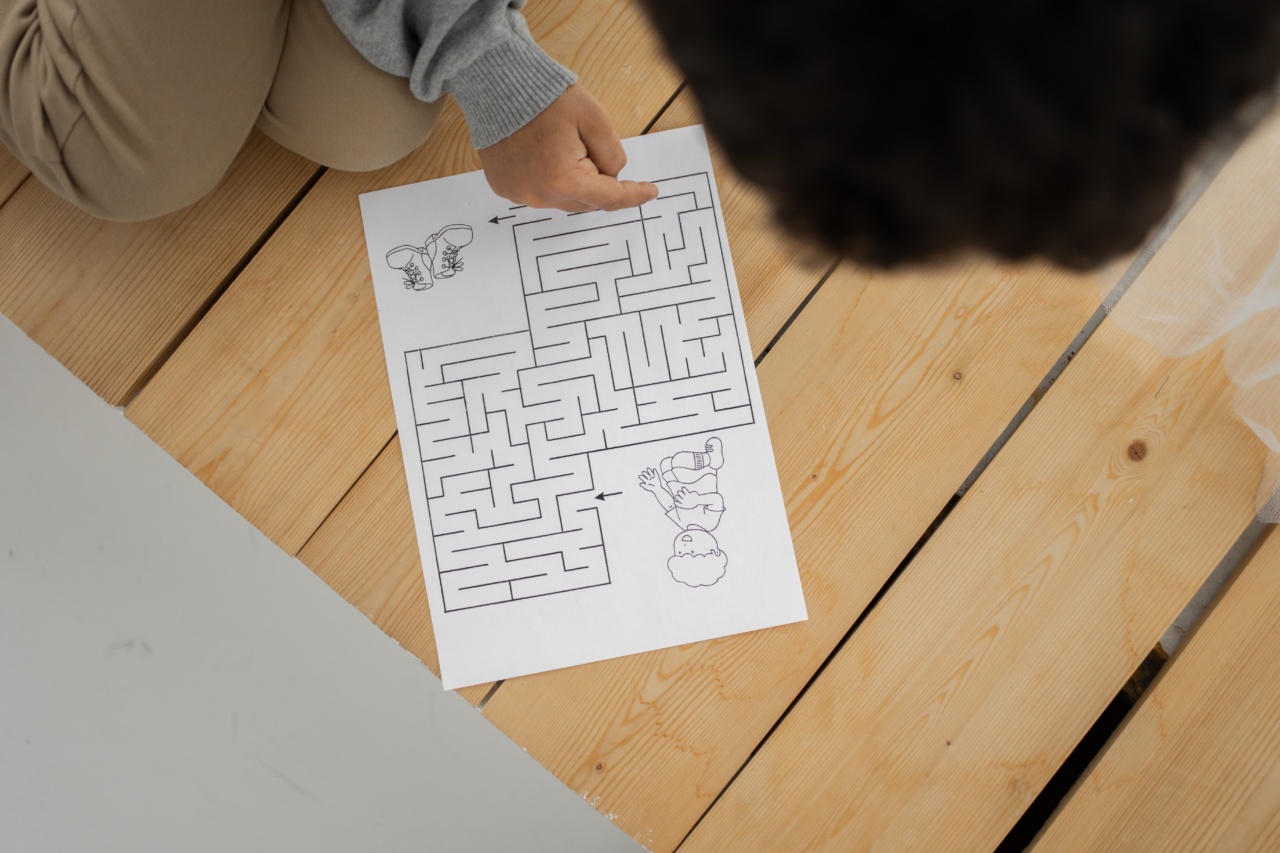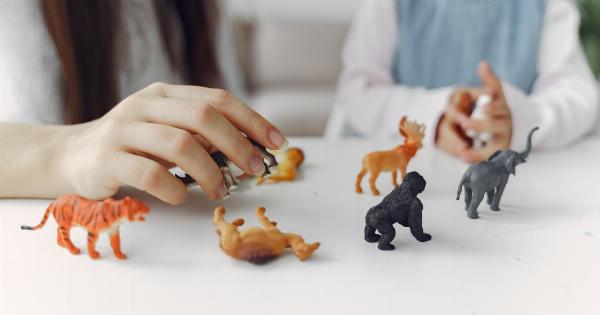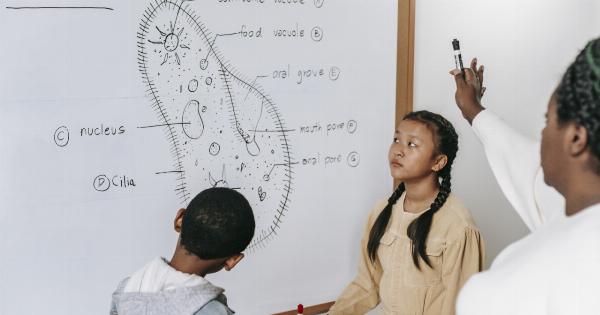From a tiny baby struggling to make sense of the world to an adult with a fully developed brain, humans go through various stages of development.
The human brain is the most complex structure known to mankind, and it is responsible for all our thoughts, emotions, and behaviors. But how does a child’s brain differ from an adult’s? In this article, we will look at the various ways in which a child’s brain differs from an adult’s.
Development of the Brain
The brain is the central command center of the human body and plays a crucial role in regulating all vital functions.
The human brain is made up of billions of neurons that work together to transmit signals and control our thoughts, emotions, and behaviors. However, unlike many other organs in the body, the brain is not fully developed at birth.
Brain development starts from the moment a baby is born, and it continues throughout childhood and adolescence.
The first few years of a child’s life are critical for brain development, and it is during this period that the brain is most malleable. The experiences a child has during these early years can shape the development of the brain and have a lasting impact on their cognitive, emotional, and social abilities.
Size and Weight
One of the most noticeable differences between a child’s brain and an adult’s brain is their size and weight. At birth, the average weight of a human brain is around 350 to 400 grams.
By the age of two, the weight of the brain has doubled, and it continues to grow steadily until it reaches its maximum weight in early adulthood.
However, size does not always equate to intelligence. In fact, some studies have shown that having a larger brain does not necessarily make you smarter.
Instead, it is the quality and connectivity of the brain that are more important for cognitive abilities.
Neuron Density
Another way in which a child’s brain differs from an adult’s is in the density of neurons. Neurons are the basic building blocks of the brain, and they are responsible for transmitting information to and from the brain.
In the early years of life, the density of neurons in the brain is much higher than in adulthood.
This high density of neurons is why young children can learn new things so quickly. Their brains are “plastic,” which means they are highly adaptable and can form new connections easily.
However, as we age, the density of neurons decreases, and the brain becomes less adaptable. This is why it is often more difficult for adults to learn new skills or languages.
Myelination
One of the essential components of brain development is myelination. Myelin is a fatty substance that forms a sheath around nerve fibers, making it easier for neurons to transmit signals quickly and efficiently.
Myelination begins in the brainstem and hindbrain at birth and continues throughout childhood and adolescence.
The development of myelin is crucial for motor skills, attention, and executive function. Children who have delayed myelination may struggle with activities that involve hand-eye coordination, such as writing or using scissors.
Brain Plasticity
Another significant difference between a child’s brain and an adult’s is their capacity for brain plasticity. Brain plasticity refers to the brain’s ability to change and adapt in response to new experiences.
In early childhood, the brain is highly plastic, which means it can quickly form new connections between neurons in response to new experiences.
However, as we age, the brain becomes less plastic, and it becomes more challenging to form new connections. This is why it is easier for young children to learn new languages or skills than it is for adults.
Emotional Development
Emotional development is another area where a child’s brain differs from an adult’s.
In early childhood, the amygdala, which is responsible for processing emotions, is more active than the prefrontal cortex, which is responsible for regulating emotions. This is why young children tend to have more intense emotional reactions than adults.
As children age, the prefrontal cortex becomes more developed, and emotional regulation improves. However, it is important to note that emotional development continues throughout adolescence and early adulthood.
This is why teenagers tend to be more emotional and impulsive than adults.
Mirror Neurons
Mirror neurons are a type of neuron that plays a critical role in social learning and empathy. These neurons are activated when we observe someone else performing an action or expressing an emotion, and they help us to understand and relate to others.
Studies have shown that the development of mirror neurons is critical in early childhood. Children who have trouble with social learning or empathy may have underdeveloped mirror neurons.
Executive Function
Executive function refers to a set of cognitive skills that are essential for self-regulation, planning, and problem-solving. These skills are crucial for success in school and in life, and they continue to develop throughout childhood and adolescence.
Young children often struggle with executive function skills such as attention, memory, and self-control. As the brain develops, these skills improve. However, it is important to note that executive function is not fully developed until early adulthood.
Conclusion
The human brain is an incredibly complex and dynamic organ, and it continues to develop and change throughout childhood and adolescence.
A child’s brain differs from an adult’s in many ways, including size, neuron density, myelination, brain plasticity, emotional development, mirror neurons, and executive function.
Understanding these differences is critical for parents, educators, and healthcare professionals who work with children.
By understanding the ways in which a child’s brain differs from an adult’s, we can provide the support and resources they need to thrive.






























